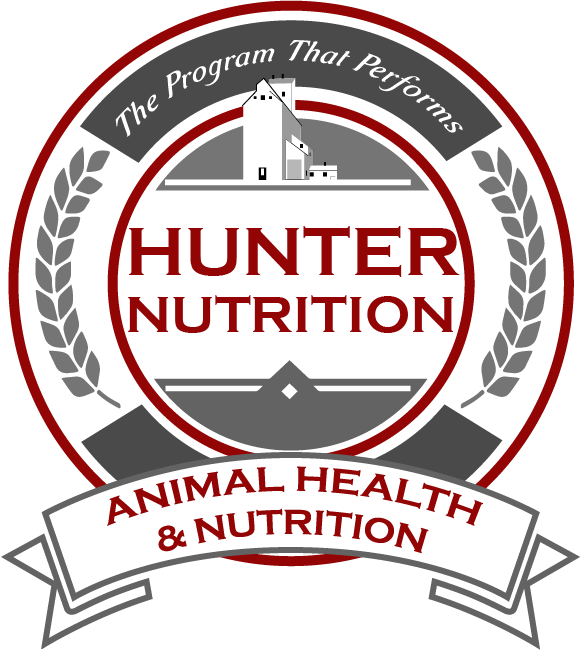
Pneumonic Pasteurellosis is a major cause of economic loss in the cattle feedlot industry. It is responsible for the largest cause of mortality in feedlots in North America . The disease causative organisms are Mannheimia (formerly Pasteurella) haemolytica and Pasteurella multocida and they are part of a complex group of bacteria and viruses which together cause the syndrome “Shipping Fever”. Fibrinous pneumonia, caused byMannheimia haemolytica, is the most common lesion associated with Bovine Respiratory Disease in feedlot cattle.
Pasteurellosis occurs most commonly in recently weaned calves from 6 to 8 months of age shortly after being placed in feedlots in the fall. The pea k incidence of disease is within three wee k s of arrival in the feedlot. There is usually a history of stressful events associated with Shipping Fever which include: 1.) Recently weaned calves 2.)Transportation 3.) Mixing groups of cattle from different sources 4.) Confinement of cattle 5.) Ineffective housing and ventilation.
The symptoms often start out vague with slight depression and anorexia and can develop into more severe depression and anorexia, fever, labored breathing and rapid weight loss. A cough may or may not be present and nasal discharge starts out as mostly mucous and develops into a mostly purulent (pus) discharge. Catching the disease in the early stages is k ey to successful treatment. If the disease has progressed to advanced stages, poor response to antibiotics can be expected due to the extent of greater lung involvement (consolidation – resulting in loss of functional lung tissue).
Morbidity (disease incidence) may reach 35% and case mortality rates can be 5 -10%. Population mortality rates are estimated to be 0.75% - 1.0%. These numbers may not be reliable though due to the wide variation in the methods used to calculate disease incidence. The morbidity and mortality rates are probably higher since a lot of cases go unreported or undiagnosed.
Prevention of Pasteurellosis and Shipping Fever involves multiple steps. Calves moved directly from ranches to feedlots, regardless of vaccination status, had lower morbidity and mortality and better weight gains than calves purchased from auction marts. Vaccination againstMannheimia haemolytica and Pastuerella multocida along with other respiratory vaccines can be of benefit. Research has shown that effective artificial immunization of cattle against Pasteurellosis is possible. Antibodies to leu k otoxin and certain bacterial surface components appear to be important for disease immunity and resistance. Colorado Serum Company’s Mannheimia Haemolytica-Pasteurella Multocida Bacterincontains Mannheimia haemolytica Types 1 and 2 and Pasteurella multocida type A. The k ey to getting a good immunologic response to vaccination is to vaccinate before imposing the stressful events such as weaning and transportation to feedlots. Colorado Serum Company recommends two doses initially, 2 – 4 wee k s apart. Animals vaccinated less then 3 months old should be revaccinated at weaning or at 4 to 6 months of age. Mannheimia Haemolytica-Pasteurella Multocida Bacterin is also labeled for use in sheep and goats as pasteurellosis is the most common form of bacterial pneumonia in these species as well.
Ref.; Radostits, Gay, Blood and Hinchcliff; Veterinary Medicine, 9th edition.
Go Back to Articles